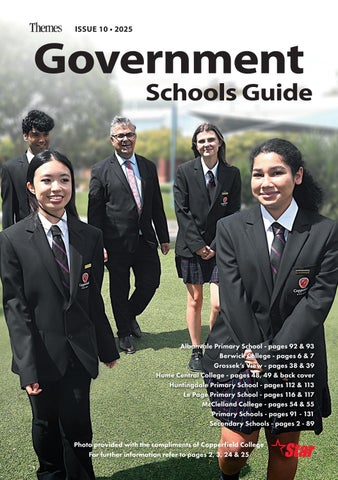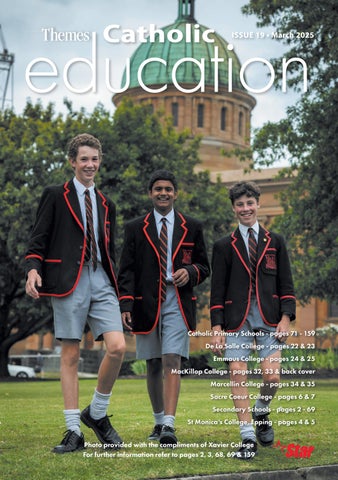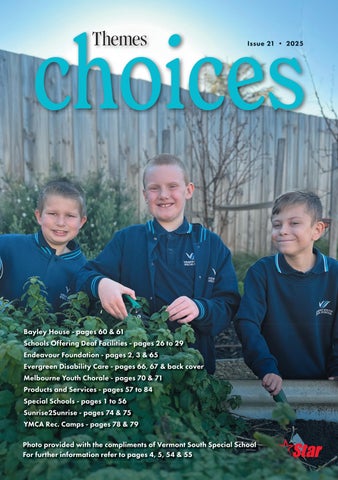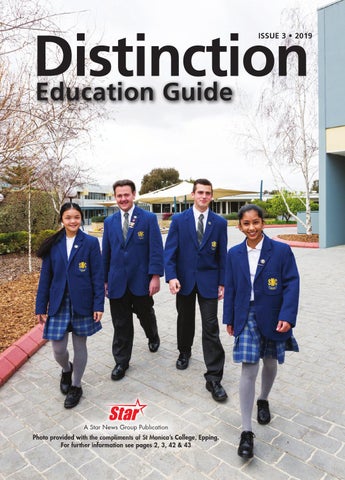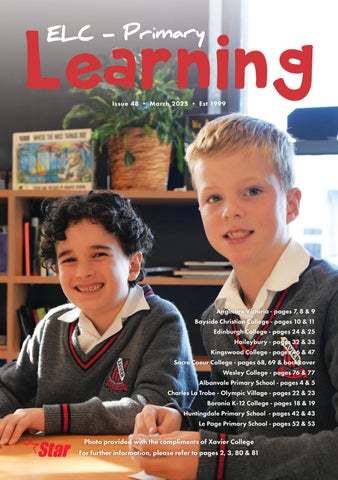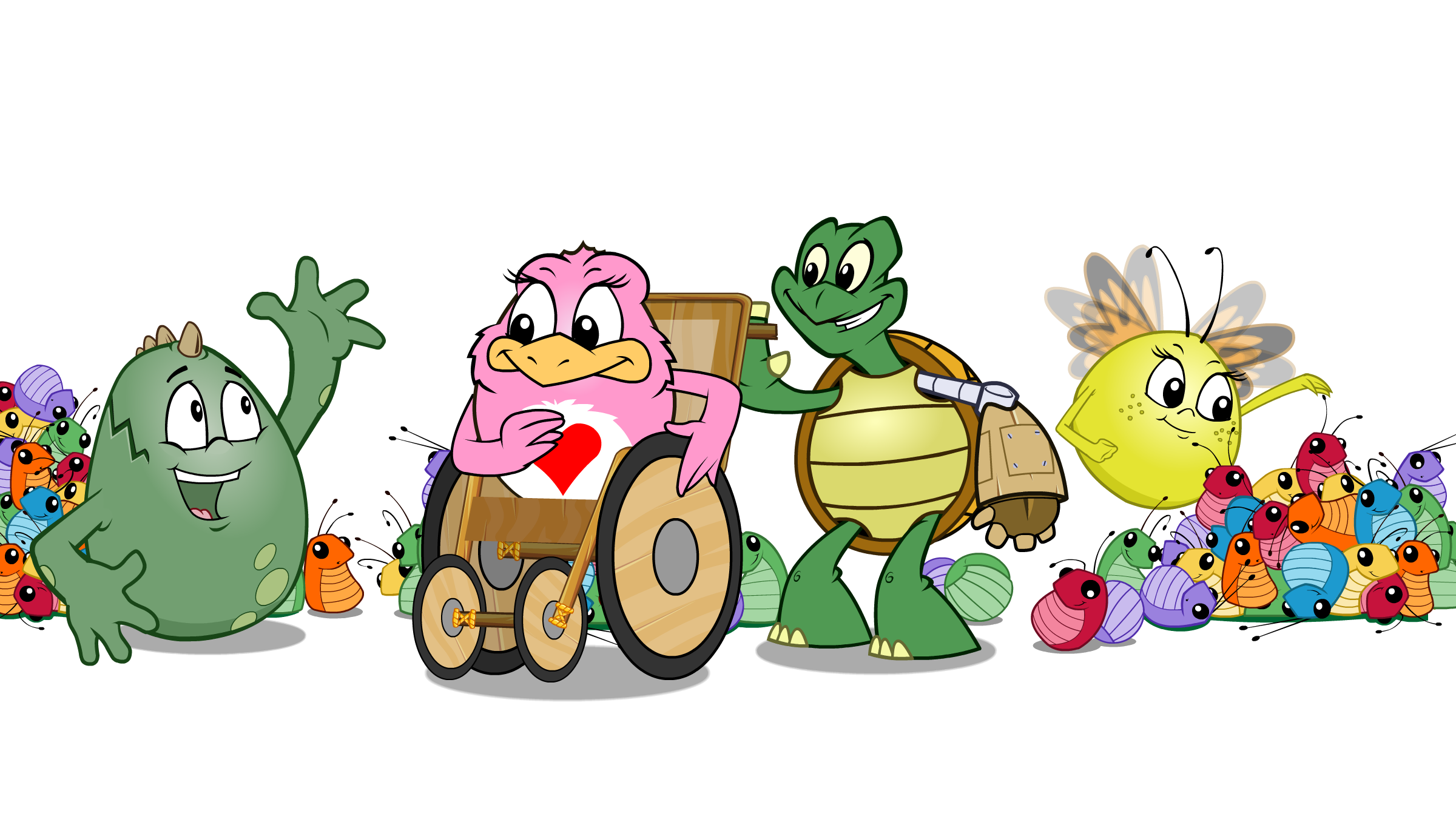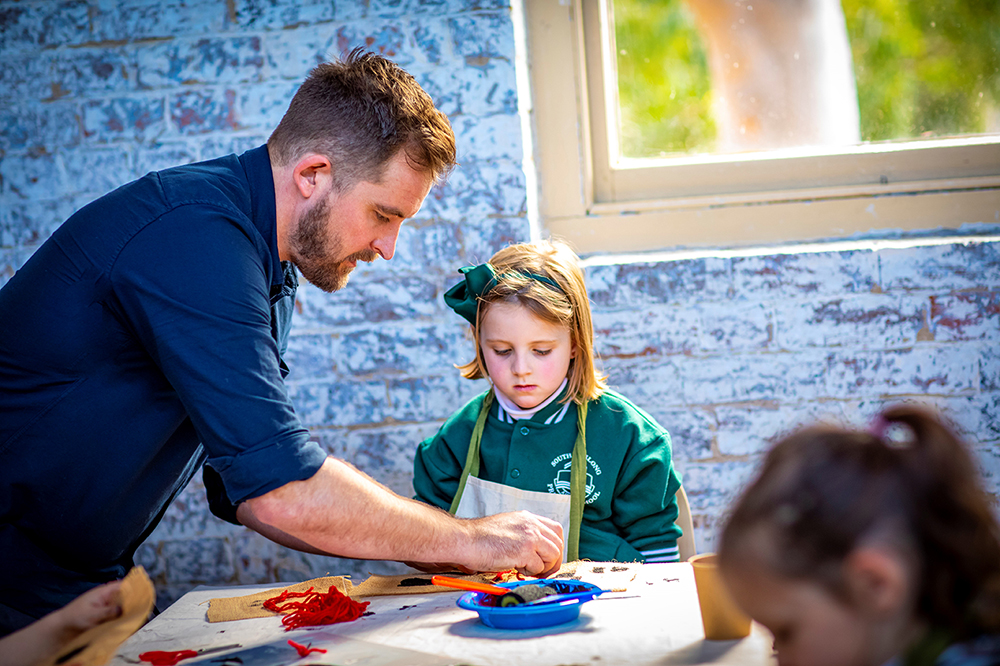Mental health implications need to be considered
A RECENT Mission Australia youth survey involving 15,351 young Australians aged 15-19 contains some discouraging news for the federal government. They unfortunately reported that 43 per cent of teenage girls consider the issue of body image a major worry compared to only 19 per cent of young males.
The study’s authors claim that the Government’s attempts to address the issue have been unsuccessful. Mission Australia’s National Manager of Research, Dr Bronwen Dalton, says “in terms of the very high concern around body image among young women, we continue to make the point that well-meaning efforts to combat the problem by governments and others have failed to make an impact and need to be reconsidered.”
Michael Carr-Gregg who is a nationally registered child and adolescent psychologist working in private practice in Melbourne says “At the very least, its time to seriously question the efficacy of the Voluntary Industry Code of Conduct on Body Image and Positive Body Image Awards to guide the media, fashion and advertising industries to adopt more body image friendly practices along with the Butterfly Foundation’s ‘Free to Be’ body image education services. Given that many girls in particular, seem to now believe that they are born into a giant beauty contest – it seems timely that a national summit on body image be held with major stakeholders and a clear re-evaluation of the existing strategy is called for”. He is passionate about adolescent mental health, technology and education.
The survey results also beg the question as to what has happened to the resilience of young people with 40 per cent of participants stating that coping with stress was their major personal concern (17 per cent extremely concerned + 23 per cent very concerned). Various other studies have found that self harm is present in between 11-12% of girls and perhaps this is a byproduct of this generation’s inability to cope with stress.
This is particularly disappointing, in light of the fact that schools have for some years, had access to a variety of evidence based frameworks in the form of the Mindmatters and Kidsmatters resource and professional development initiative, supporting Australian primary and secondary schools in promoting and protecting the mental health and social and emotional wellbeing of all the members of school communities. In addition, all Australian schools have had access to strength-based curiculum material such as beyondblue’s excellent Senseability package.
These programs focus on problem solving, decision making, conflict resolution, anger management and the ability to name and recognise one’s own thoughts and feelings. The problem is that none of these programs are compulsory in any year level and even if they are present, will only ever be as good as the teachers who deliver it and their training in the use of the resources. Perhaps it is time to tie funding to such programs so that they are at last seen as important as Maths and English.
A final concern arising from this report is that school or study problems (36.5 per cent) continue to grow. It is hard to tell whether this is a product of peer pressure, hysterical parents or schools taking an enormous eggbeater to the supposed importance of Year 12.
Back in 2003 the NSW Commissioner for Children and Young People called for an “urgent investigation of how to support young people during this stressful period and how to work with parents and the community to provide realistic guidance to students”. The study found that pressure to perform in the HSC contributes to one in 11 adolescent suicides in NSW – yet the problem persists. Dr Karen McGraw’s 2006 study showed that nearly one in five year 12 students have considered suicide or cutting or burning themselves because of exam and homework pressures. Perhaps it is time schools and the community at large turn the VCE volume down and instead let young people know that they are not their ATAR and that there are many different ways to get where they need to go.
While much of the media will focus on the fact that the study revealed that young Australians overwhelmingly believe the biggest issue facing the nation, the economy and the environment – traditionally a major issue for young people – has dropped dramatically as a matter of national importance, with concern falling by more than half since last year’s survey.
“Few people realise that 75 per cent of all mental health problems in human beings begin prior to the age of 25. Current data suggests that 1 in 7 primary school students and 1 in 4 secondary school students have a diagnosable mental illness but 70 per cent don’t seek help. The truth is that there will never be enough funding for adolescent mental health services and there needs to be a reconsideration not only of existing service delivery models but also a concentrated investment in prevention. My colleagues and I are expensive ambulances at the bottom of a cliff – the Mission Australia youth survey suggests that what our young people and their families need is a robust fence at the top,” says Michael Carr-Gregg.
Dr Michael Carr-Gregg works as the Managing Director of The Young and Well Cooperative Research Centre, established by the Australian Government Initiative administered by the Department of Innovation, Industry, Science and Research. His training and approach incorporates cognitive behavioural therapy (CBT), Acceptance and Commitment Therapy (ACT), mindfulness skills and interventions drawn from positive psychology research. He is a founding member of the National Centre Against Bullying and Chairs their Cybersafety Committee. He sits on the Board of Smiling Mind as well as being a Community Ambassador for Big Brothers Big Sisters and Postvention Australia and Playgroup Victoria. Michael is a member of the Australian Psychological Society Committee (Melbourne Branch).
For further information refer to Michael Carr-Gregg’s website – www.michaelcarr-gregg.com.au


